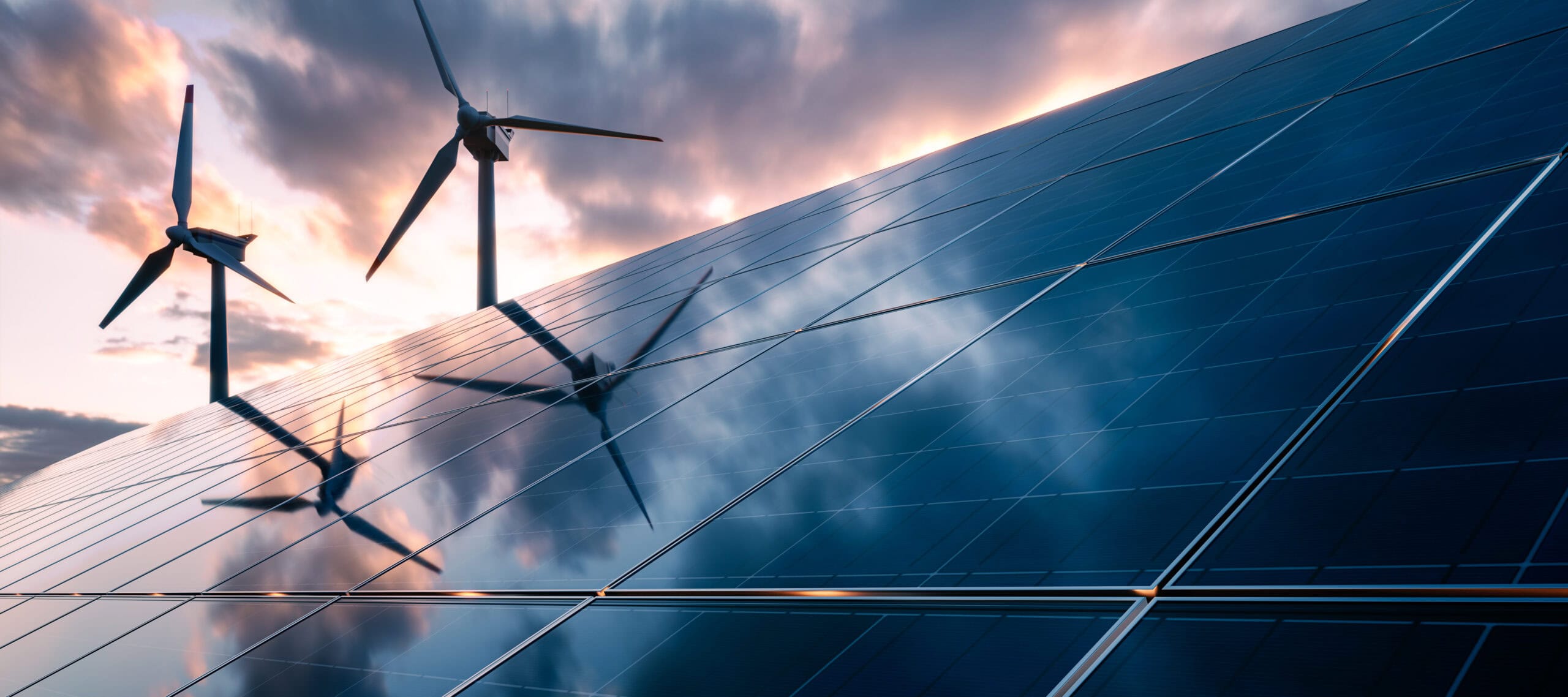In Italy, following the implementation of the Mase Decree, the Gse (Gestore servizi energetici) portals have been activated for requests to access energy incentives.
Currently, there are over a thousand renewable energy sharing initiatives under development, evenly distributed between the North, South, and Center of the country.
However, there is a regulatory issue to be resolved: it is not clarified whether installations completed before the implementation of the Cer Decree can access the incentives without having established the energy community as a legal entity.
Marco Muscettola and Alessia Sblendido explain in Il Sole 24 Ore that “it is essential that the energy community be established prior to the installation and design of the plants or that this is demonstrated through ‘suitable documentation’ showing that the plant was built for the purpose of inclusion in a Cer configuration.”
To delve deeper into the topic, the full article is available for subscribers at the following link: https://ntpluscondominio.ilsole24ore.com/art/comunita-energetiche-oltre-mille-iniziative-AFikPOBC
Energy communities, over a thousand initiatives.
Contents
Date




